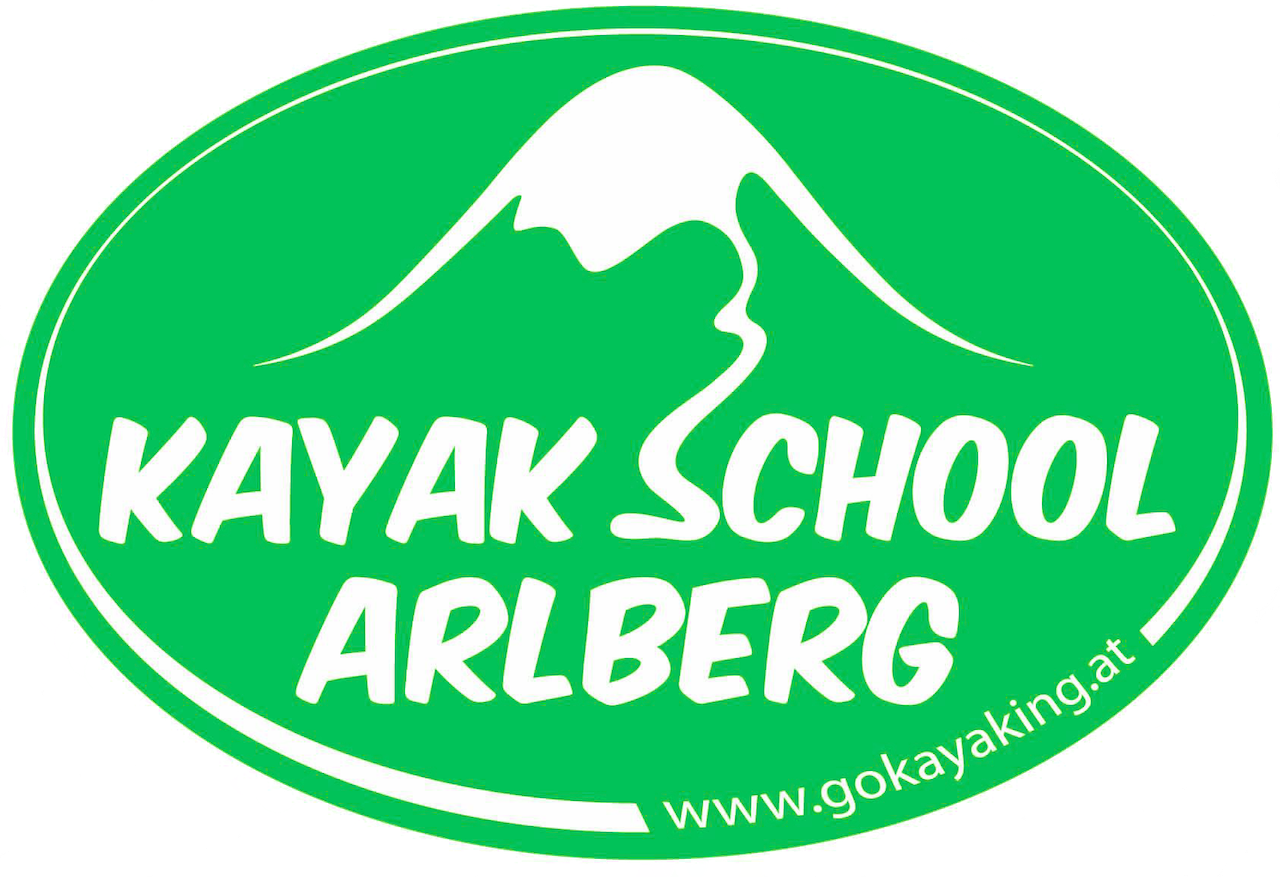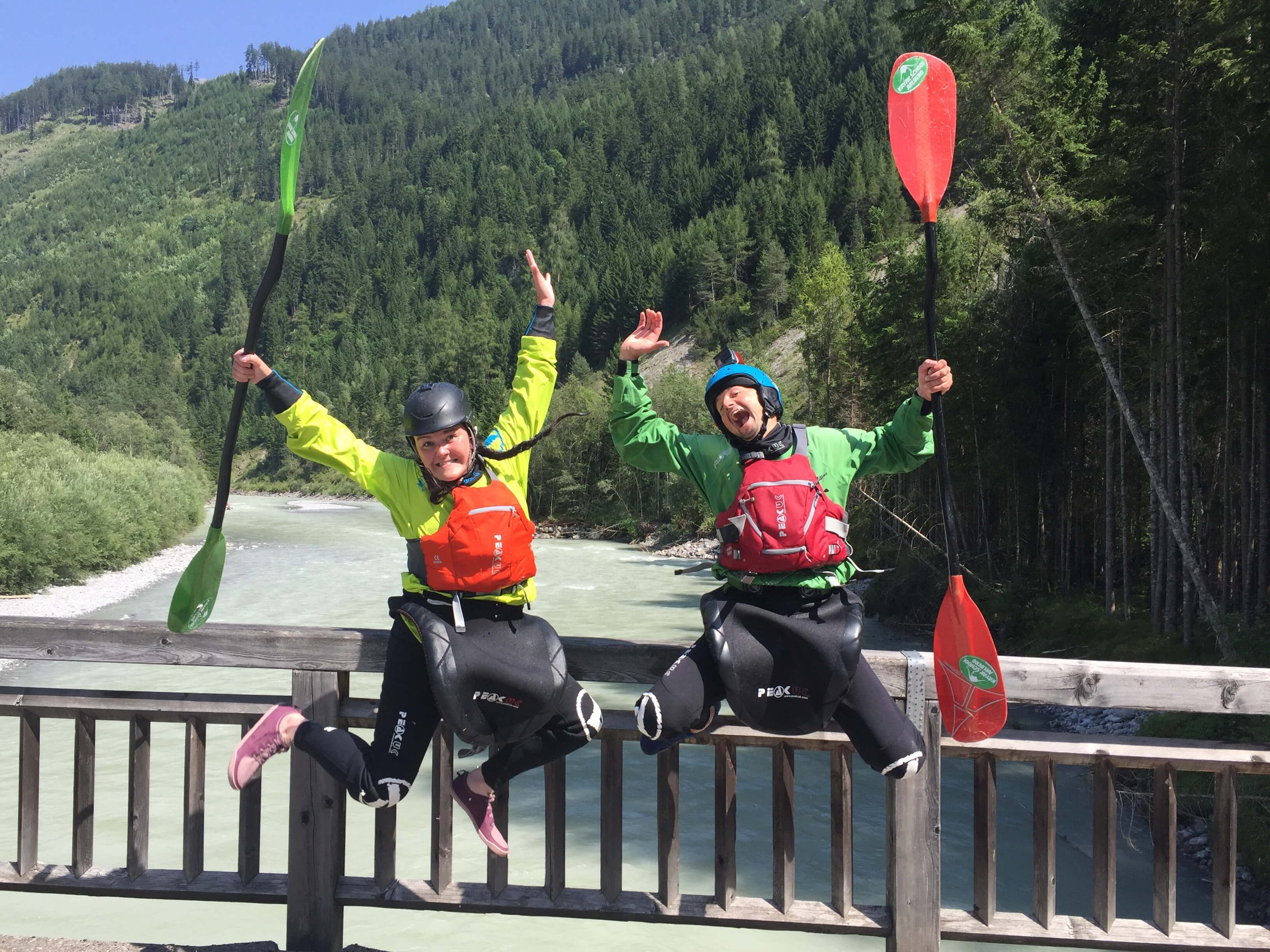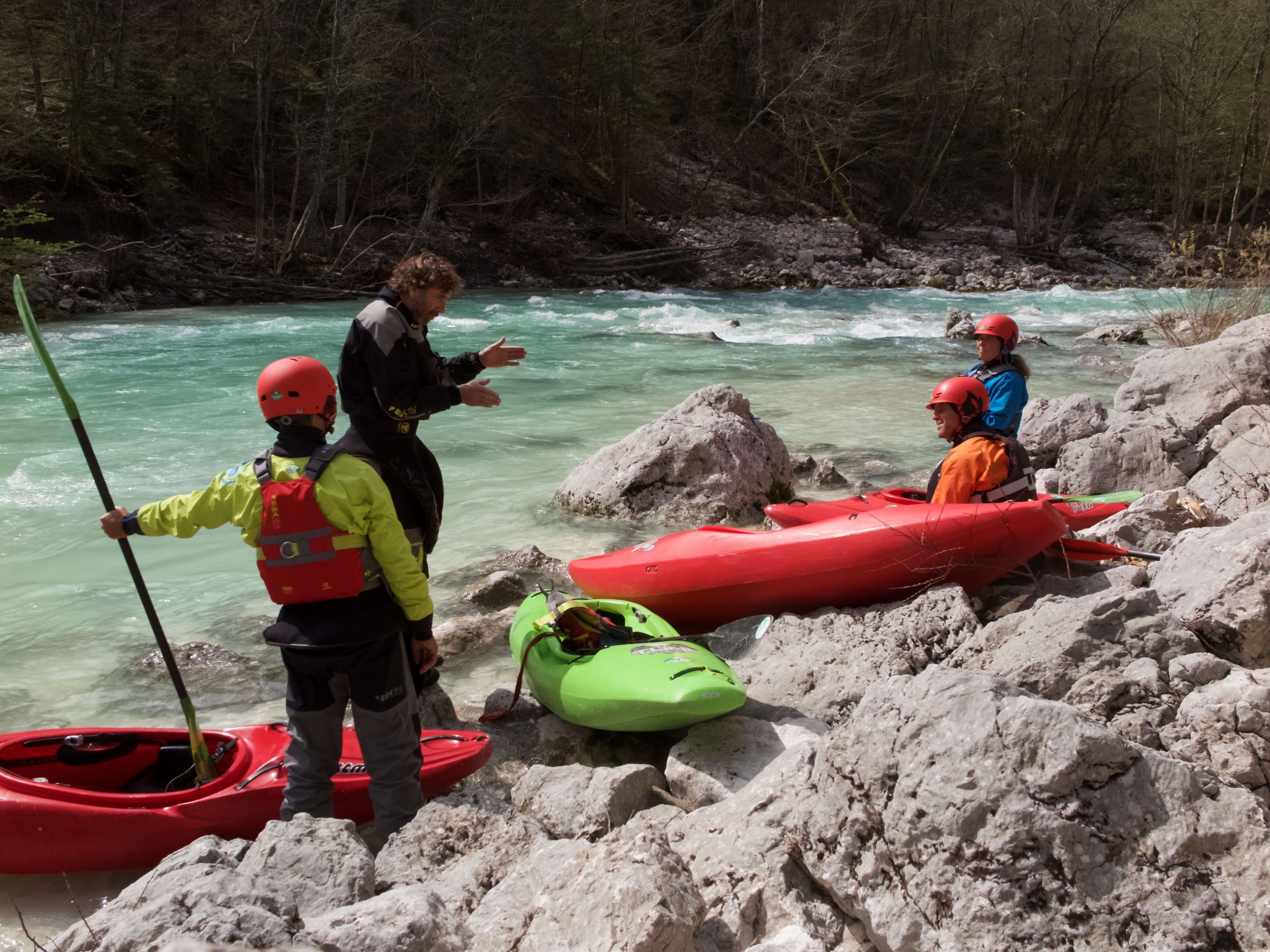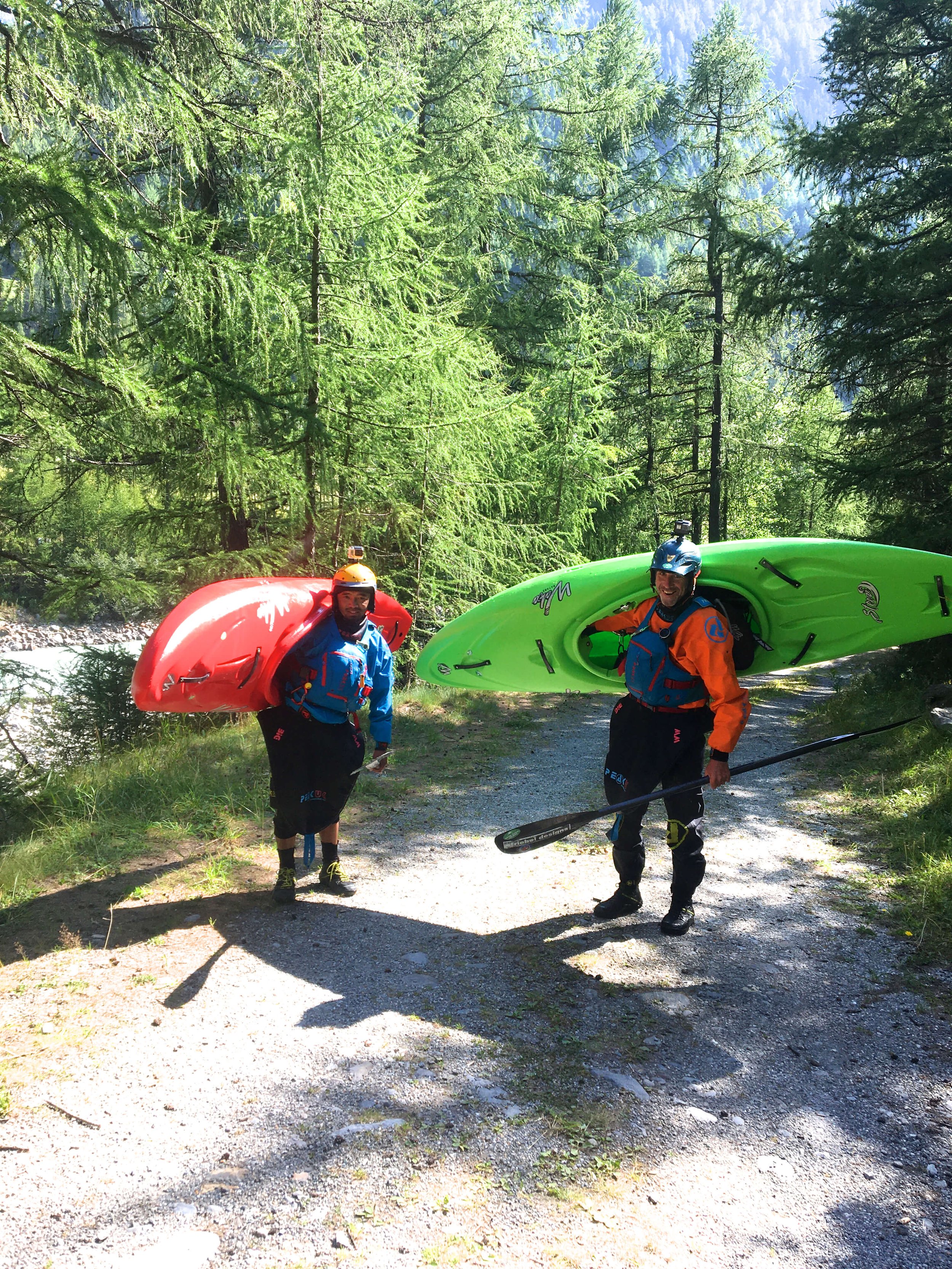5 Things to consider when choosing a Kayak School or Guided Trip
It can be quite difficult to choose which kayaking course, Kayak School or Guided Trip is best suited to you. So here are a few things to consider and maybe ask before booking a course or trip with a Kayak School.
Qualifications
This may sound like it is self explanatory but you will be surprised how many people working in a Kayak School have no qualifications. For instance here in Austria there are no professional kayaking instructor qualification so we have to do our qualifications outside with another countries organising body, which is British Canoeing. It is extremely important for your instructor/coach or guide to have been trained and assessed to see that they are at the required level to take people kayaking and especially on a river. It proves they have reached an industry standard or governing body award level to be able not only to run a safe trip but also to able to coach and instruct. If you were to pay for a guide to lead you on the Matterhorn, you would expect them to have a Mountain Guide qualification that is recognised throughout the world so why would you expect anything less when kayaking on a river!?
Knowledge of the area
An instructor/coach or Guide must have good knowledge of the area and rivers that they will be working on. The basics as where to put-in, where to take-out and what options you have for getting out of the river if there is a problem or emergency. Of course your Instructor/coach or guide should know the correct lines to take on the river and how they can use and adapt to them depending on your ability for instance: if you are getting tired or are nervous then a good option would be to take the easier line or the chicken line which is still fun to paddle but with less risks and possibilities of flipping over or even exiting your kayak and swimming! It is also extremely important to know the zones or areas on the river where you can receive great coaching within your comfort zone. You do not want to be trying a technique with a huge hole just below the feature you are working on as you will simply focus on not dropping in the hole rather than putting your concentration into the technique you are trying to learn or improve. When we run our overseas trips to places such as the Indian Himalayas, Peru, Chile and Argentina we have kayaked every river we are going to lead or coach on. We know of guides that have taken their clients down rivers in the Himalayas that they have not paddled it before and it has been an absolute disaster for the clients as the rapids were too hard or they had to paddle for an incredible amount of time as they would not make it to the take-out in time.
Group Sizes
The more people in the group, the less contact you have with the instructor or coach! If you have 8 people in a group with just 1 instructor or coach it is very difficult to learn anything and if you are at the back of the group, how can you see the line of the instructor as if the first couple of kayakers miss or mess up the line you are then trying to read the rapid and run the line by yourself. Also if you are one of the better kayakers you get put towards the back of the group and you lose out on coach contact time! To have 8 Beginners with 1 instructor is terrible and again we have seen this here in this part of Austria where are rafting company tries to offer Beginner kayak courses and when someone flips and exits the kayak they have to make their own way back to the river bank with all their equipment as the kayak instructor has to keep an eye on the other 7 members of the course! Here in the Kayak School Arlberg we work on a ratio of maximum 1:4 from Beginners up to Class 4 then a ratio of 1:3 when we run our Class 4 and upwards kayaking courses.
Group Abilities
A group with mixed abilities is a nightmare, not just for the instructor but also for everyone who has paid to be on that course. It is well known that you can really only improve or learn something new when you are in your comfort zone but if you are on a river that is too hard for you but easy for the rest of the group it causes a lot of conflict. We have had kayakers come to us for a kayaking course after being on a course with another kayak school where the groups abilities are so mixed it ruins their day. If someone has clearly been put on a course that is above their level every time they flip over and exit the kayak it costs a lot of time and the instructor is spending more of his time rescuing rather than instructing or coaching. The day becomes a long one and everyone comes back disappointed and unhappy because they have either spent most of the day swimming or sitting in an eddy waiting for the instructor to finish rescuing the swimmer and their equipment!
Equipment
We teach a modern, dynamic style of kayaking and our equipment in the Kayak School Arlberg is an integral part of that. You should be using modern equipment so that you can learn the modern kayaking techniques, to be put into a 20 year old kayak where the instructor is trying to teach carving is not great. Sounds crazy but we have seen it here in Austria on the river. You see your heroes kayaking the latest boat on YouTube, making moves that you would love to learn and try but if you are in an old kayak it is only going to lead to failure. The kayaking apparel you use on the course should also be modern and the pfd or buoyancy aid should be tested and checked every year. You wear it to keep you afloat if you exit the kayak, if there is hardly any specialist foam left then is it going to keep your head above water when you need it most!
So these are our 5 things to consider when choosing a Kayak School or Guided Trip. Definitely enquire about these when you are contacting a Kayak School for a course and we are sure you will not only find the best Kayak School or Guided Trip for your ability but also the perfect course!
















